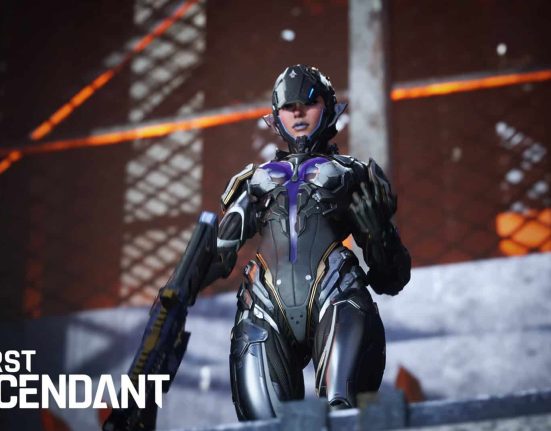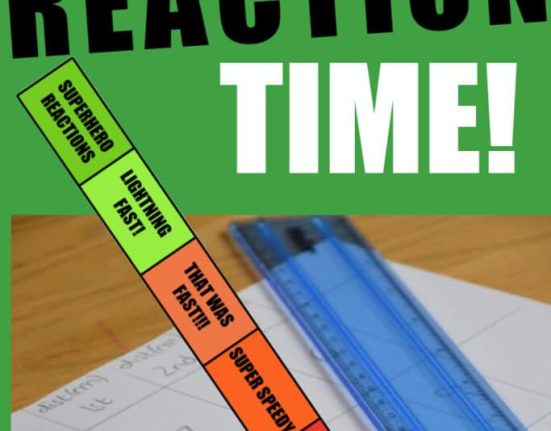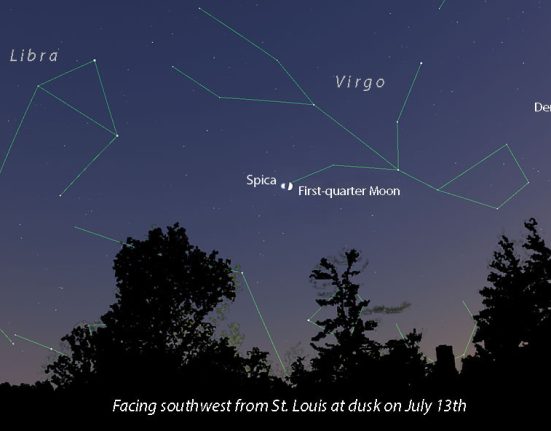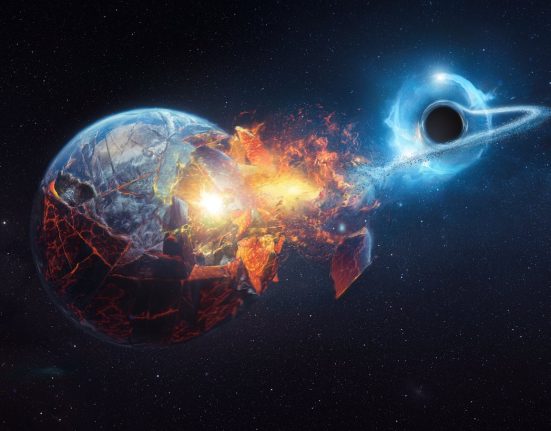If NASA managers stick to their schedule, we'll know sometime this month what NASA's next planetary mission will be. This will end a two-year process in which 27 teams of scientists and engineers proposed missions for the agency's Discovery program, followed by selection from the field to five finalists. Out of the process should come the selection of one (and if the gods smile, two) missions to be launched in the early 2020s to study Venus or asteroids.
 |
| The finalists of the Discovery mission. The text in red refers to advanced technologies that different teams propose for flying. Credit: NASA |
In the first round of this competition, agency officials evaluated proposals on how compelling their science would be and on their engineering feasibility and costs. This led to the selection of the five finalists:
Exploring these worlds would help us better understand the variety of orbital conditions and dynamics in the early solar system.
The teams that proposed these finalists have had approximately a year to refine their proposals. The evaluation of final proposals is reputed to be a tough and rigorous examination that examines every detail for flaws. Could all scientific objectives be achieved? Are there flaws in the design or proposed testing procedures? Could the mission be implemented within the budget? Do all key personnel proposed for the mission have the experience to execute the tasks assigned to them?
The final evaluations are given to NASA Associate Administrator for Science Thomas Zurbuchen, who will make the final decision on which mission to fly. Assuming more than one proposal survives technical evaluation, it may include factors such as your judgment about which scientific questions are most compelling or which mission would best balance the overall planetary program (for example, NASA has not launched a mission to Venus since late the 1980s, but has since launched three asteroid missions).
Dr. Zurbuchen may announce two missions to fly. When the shortlist of proposals was announced, NASA stated that a second mission could be selected if more than one passed the final review process and sufficient funding was expected in future budgets. Choosing two missions from a single competition would make it easier for NASA to meet its goal of four or five Discovery launches per decade. (The competitions are expensive and time-consuming for both the planetary community and NASA.) As recently as this summer, the head of NASA's planetary science division said his goal was to defend two selections, but statements from other NASA administrators have sounded more cautious.
VERITAS was the clear favorite (48% of the votes), followed by Psyche (19%), DAVINCI (14%), Lucy (9%) and NEOCAM (7%). (The poll also asked for votes for a second mission, should one be selected, and the results were similar.) I am surprised that the votes are not more evenly distributed: all the proposals are scientifically convincing. Psyche and Lucy, for example, would be exploratory missions to kinds of worlds never before visited. This survey likely represents the personal preferences of planetary exploration enthusiasts (although members of the professional planetary exploration community have also read the blog and may have voted) and therefore likely does not represent the evaluation weights that will be applied by planetary exploration enthusiasts. NASA managers. (So far, among various mission selections, my favorite proposals have been selected perhaps about 25% of the time.)
In the coming weeks, we will likely learn which of these proposals will be the most recent mission or missions approved by NASA. Whichever is chosen will contribute significantly to our understanding of the solar system.













Leave feedback about this